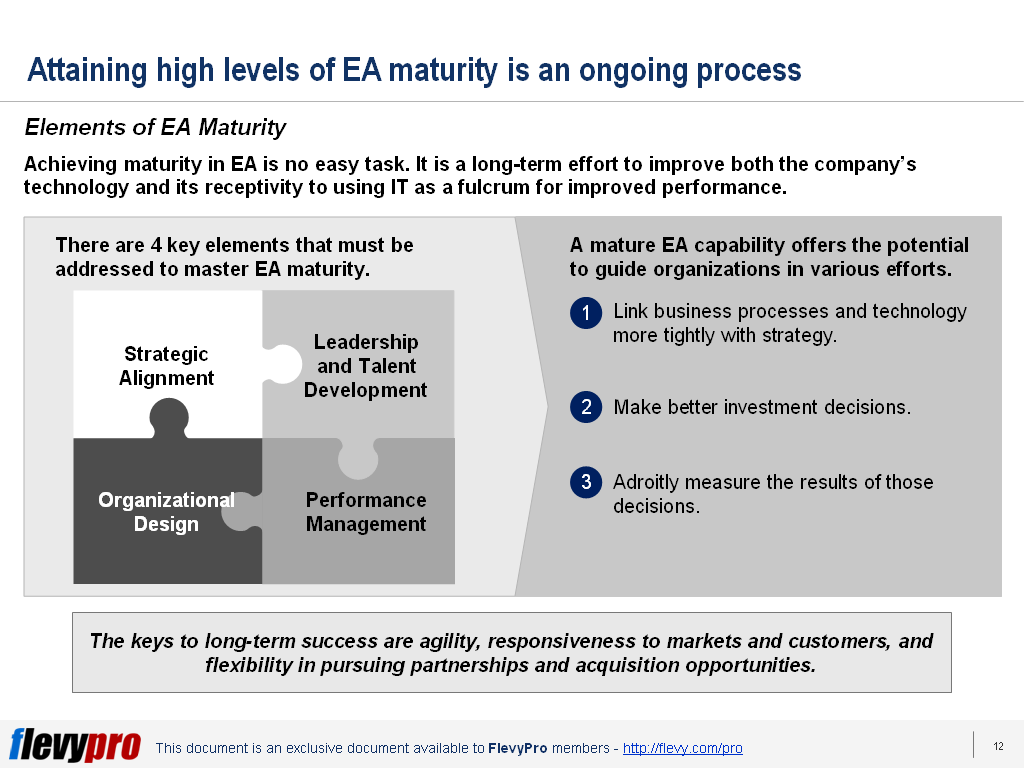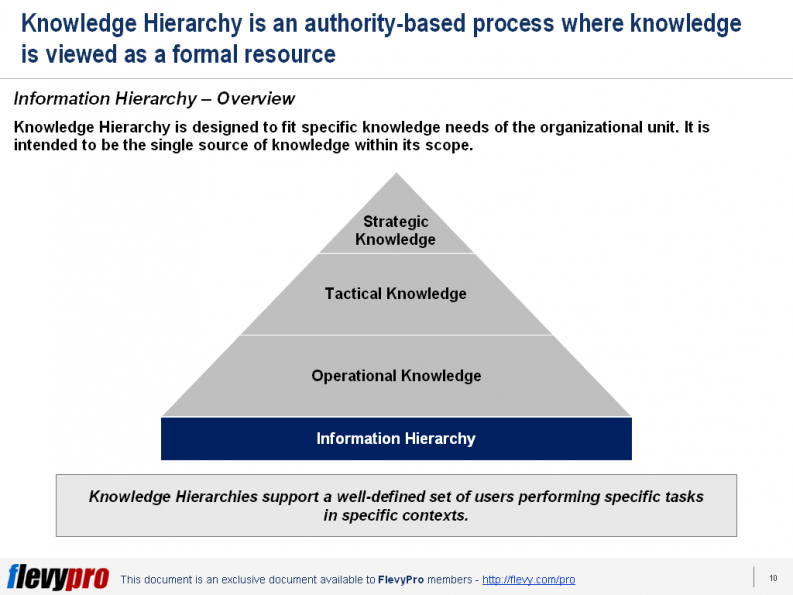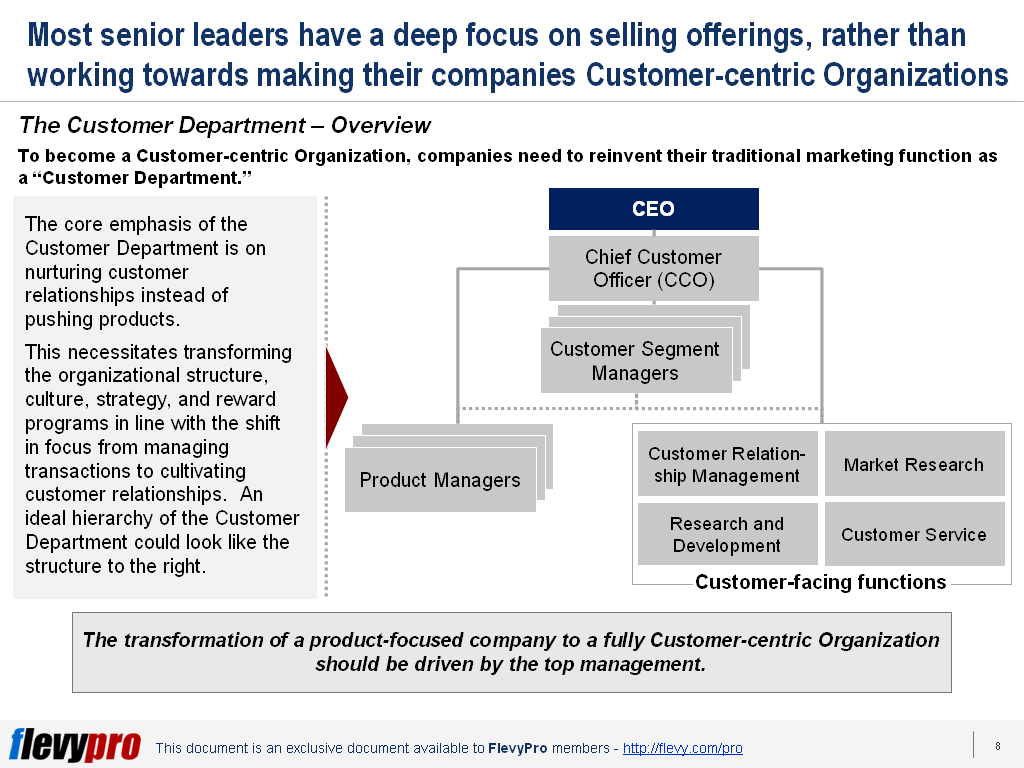 A large majority of organizations rarely focus on gathering and utilizing customer-centric knowledge. So much so that they even introduce a product without having vital insights on the customer and their unmet needs, and they are often clueless about them. Consequently, many product development initiatives fall flat as managers struggle to filter and evaluate ideas.
A large majority of organizations rarely focus on gathering and utilizing customer-centric knowledge. So much so that they even introduce a product without having vital insights on the customer and their unmet needs, and they are often clueless about them. Consequently, many product development initiatives fall flat as managers struggle to filter and evaluate ideas.
Most organizations, today, are developing initiatives around Customer Experience Strategy and Customer Journey Mapping. Customer-centric Organizations are deeply focused towards value creation for their customers. They understand the unique customer insights needed to make customer-centric decisions, are able to gather those customer insights, and are aware of the way to utilize the insights in creating value for their customers. By using customer insights, Customer-centric Organizations drive their product innovation success rate significantly higher than the industry average.
In order to develop this capability, organizations need to first utilize a customer-centric research process to gather the customer insights required to drive value creation. This is accomplished when:
- They know the desired unique customer insights needed to make customer-centric decision.
- They are able to gather the required customer insights.
- They realize the proper time and way to utilize the insights in making value creation focused business decisions.
Building a Customer-centric Culture of Innovation warrants a methodical approach. A potent approach to building such a culture of innovation encompasses 3 key phases:
- Qualitative Insights: Apply Customer-Centric Fundamentals – The first phase commences by organizing an intensive day-long workshop for each cross-functional product team. The teams engage in a unique customer journey where they employ a “jobs-to-be-done” lens to analyze their market, and identify valuable, qualitative customer insights needed to drive customer-centric decision making.
- Quantitative Insights: Quantify Opportunities that Exist – This phase entails conducting quantitative research to rank the most critical customer insights needed to develop customer-centric data model. The insights available through this data set help the company in making customer-centric business decisions for years to come.
- Implementation: Leverage New Customer Insights for Growth – In this phase, managers and employees across the organization are trained on utilizing the insights to devise market and product strategies, and to encourage customer-centric growth.
Qualitative Insights: Apply Customer-Centric Fundamentals
The first phase commences by organizing an intensive workshop for each cross-functional product team. It is typically a day-long session where the teams engage in a unique customer journey. They employ a “jobs-to-be-done” lens to analyze their market and identify valuable, qualitative customer insights needed to drive customer-centric decision making. The qualitative customer insights developed during the first phase serve as an indispensable, long-term guide in the journey to a customer-centric mindset.
During phase I, each product team is trained on customer-centric philosophy in a workshop settings. The workshop participants participate in qualitative research discussions designed to obtain critical customer information and fresh insights. Upon completion of the initial phase, the product team is able to develop a shared innovation vocabulary and gather customer insights to make customer-centric marketing and product development decisions.
Interested in learning about the third phase of the approach to Customer-centric Culture of Innovation? You can download an editable PowerPoint on Customer-centric Culture of Innovation here on the Flevy documents marketplace.
Are you a Management Consultant?
You can download this and hundreds of other consulting frameworks and consulting training guides from the FlevyPro library.

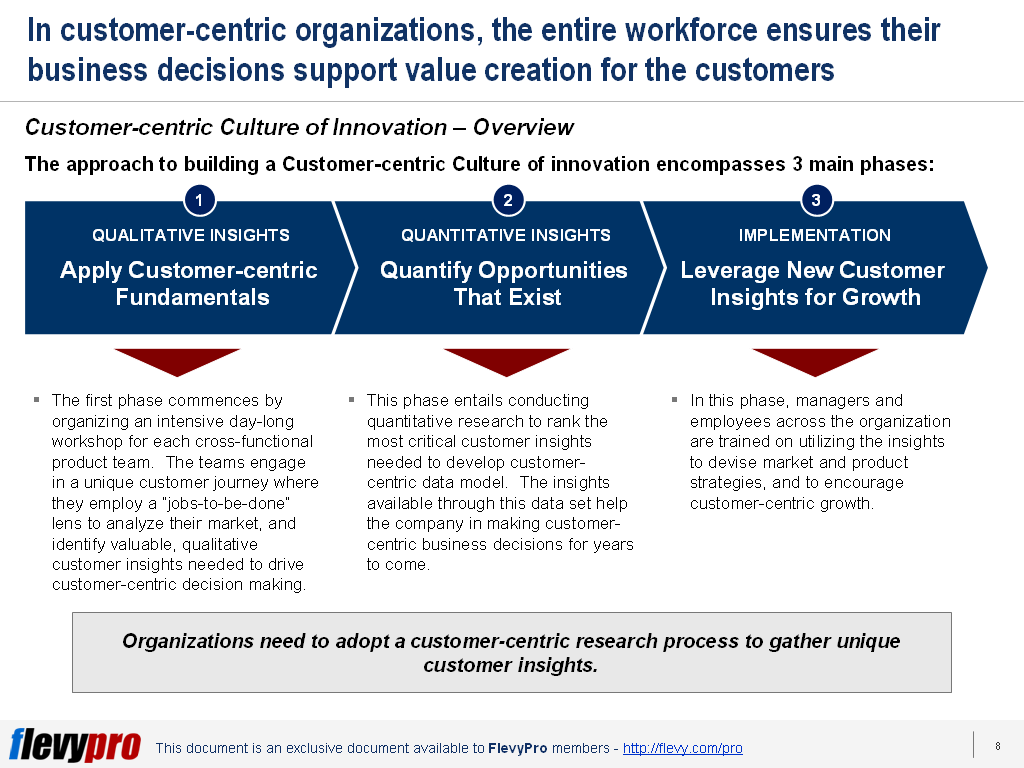
 organizational silos is still very real. While silos deter customer experiences and producing correctly functioning products – the root of the problem is that many managers fail to spot those silos as they formulate in front of their very eyes.
organizational silos is still very real. While silos deter customer experiences and producing correctly functioning products – the root of the problem is that many managers fail to spot those silos as they formulate in front of their very eyes.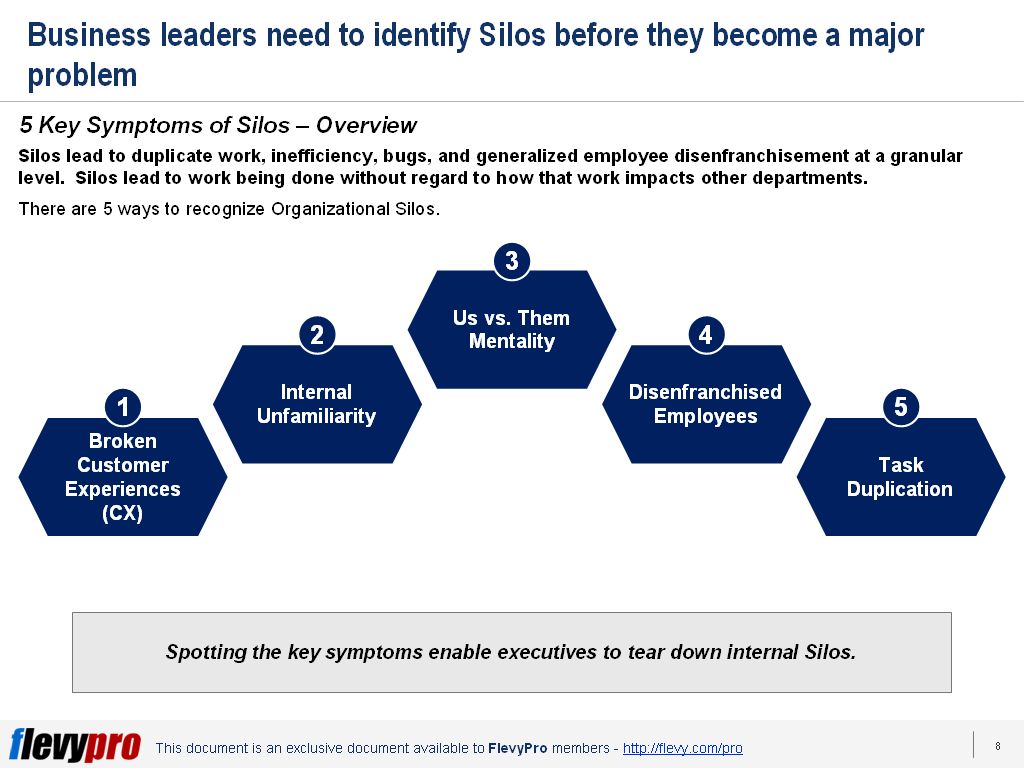
 becoming more demanding and accustomed to getting what they want. With greater access to reviews and online ratings, customers are better equipped to switch to new products and services. Consumers now want to buy products and services when, where, and however they like. They expect companies to interact with them seamlessly, in an easy, integrated fashion with very little friction across channels.
becoming more demanding and accustomed to getting what they want. With greater access to reviews and online ratings, customers are better equipped to switch to new products and services. Consumers now want to buy products and services when, where, and however they like. They expect companies to interact with them seamlessly, in an easy, integrated fashion with very little friction across channels.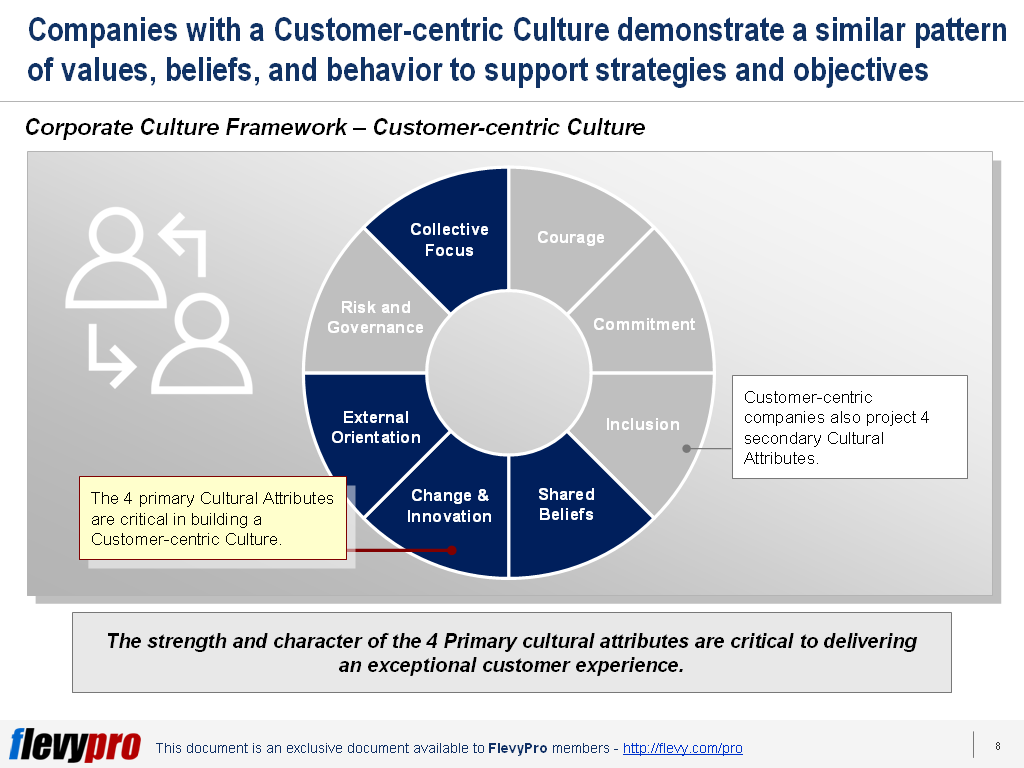

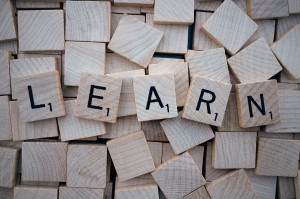 In this era of rapid change only organizations that are evolving and continuously learning can flourish. Successful organizations discover how to tap their people’s commitment and capacity to learn at all levels.
In this era of rapid change only organizations that are evolving and continuously learning can flourish. Successful organizations discover how to tap their people’s commitment and capacity to learn at all levels.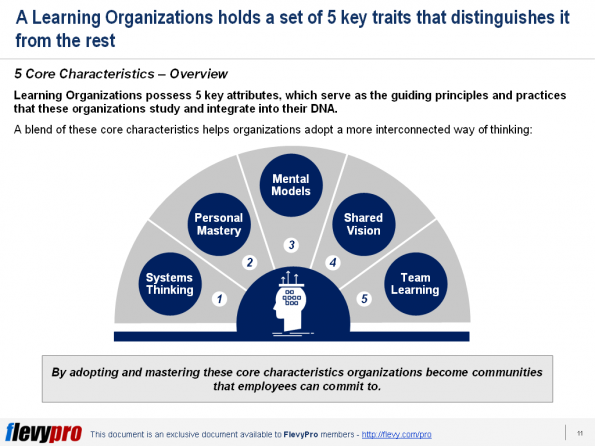
 engines. Leaner and faster, products are developed from concept and delivered to customers in record time. But even a Ferrari does not know where to drive.
engines. Leaner and faster, products are developed from concept and delivered to customers in record time. But even a Ferrari does not know where to drive.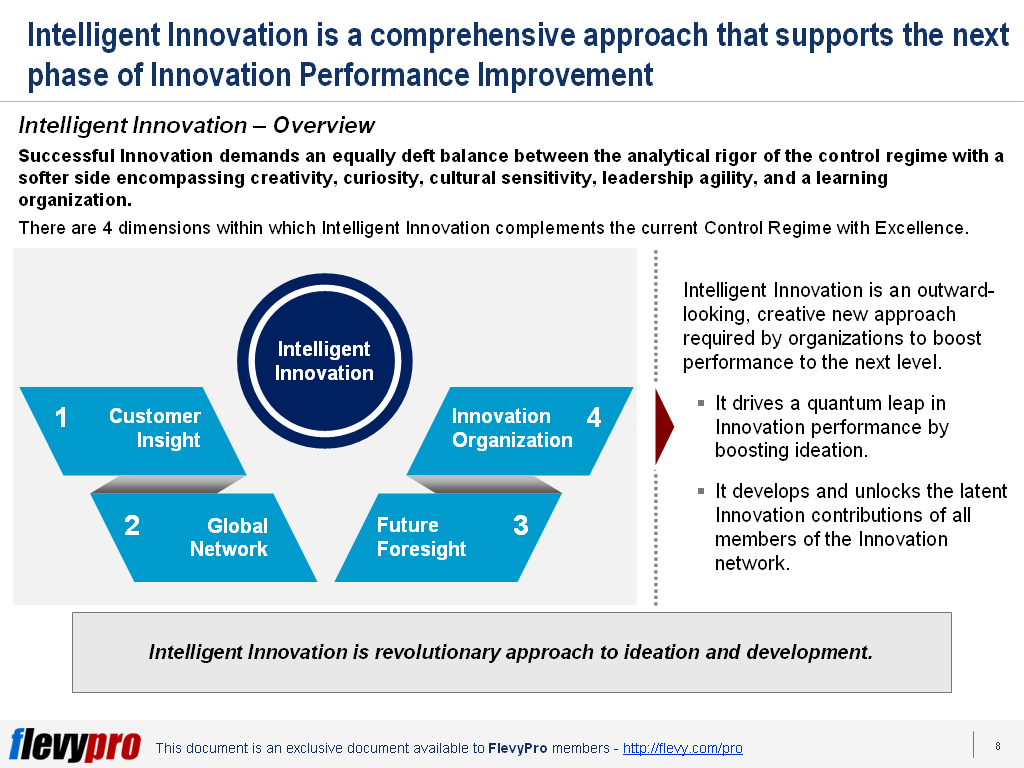

 Most Transformation initiatives fail to achieve their anticipated objectives.
Most Transformation initiatives fail to achieve their anticipated objectives.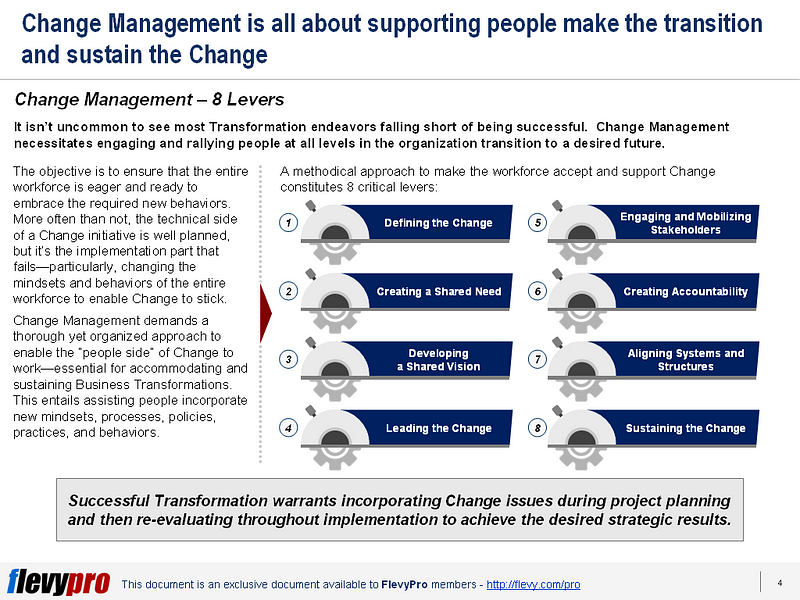
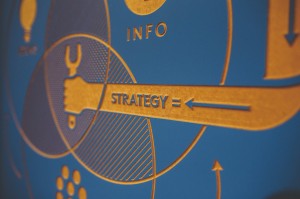 importance. The struggle between competing firms has moved from tangible resources to intangible resources where knowledge and the ability to use knowledge have crucial roles.
importance. The struggle between competing firms has moved from tangible resources to intangible resources where knowledge and the ability to use knowledge have crucial roles.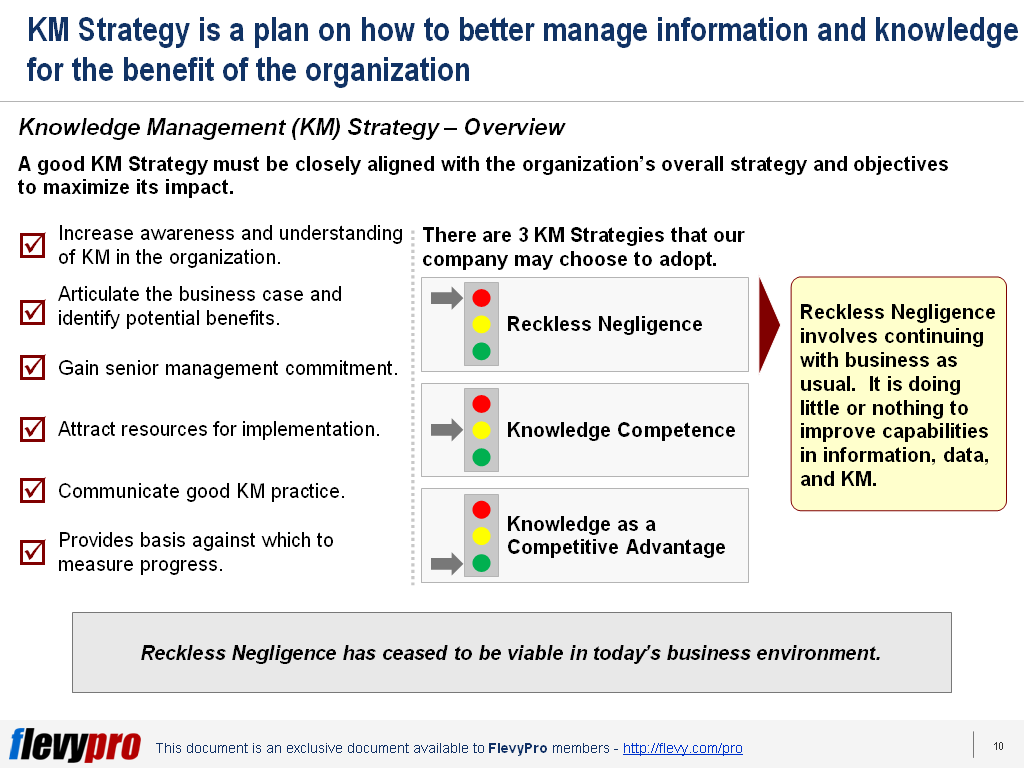
 have remained doubtful about IT’s ability to support them in creating value. Despite the best intentions of managers of both sides, companies continue to struggle to integrate IT systems and to determine whether IT actually improves performance.
have remained doubtful about IT’s ability to support them in creating value. Despite the best intentions of managers of both sides, companies continue to struggle to integrate IT systems and to determine whether IT actually improves performance.